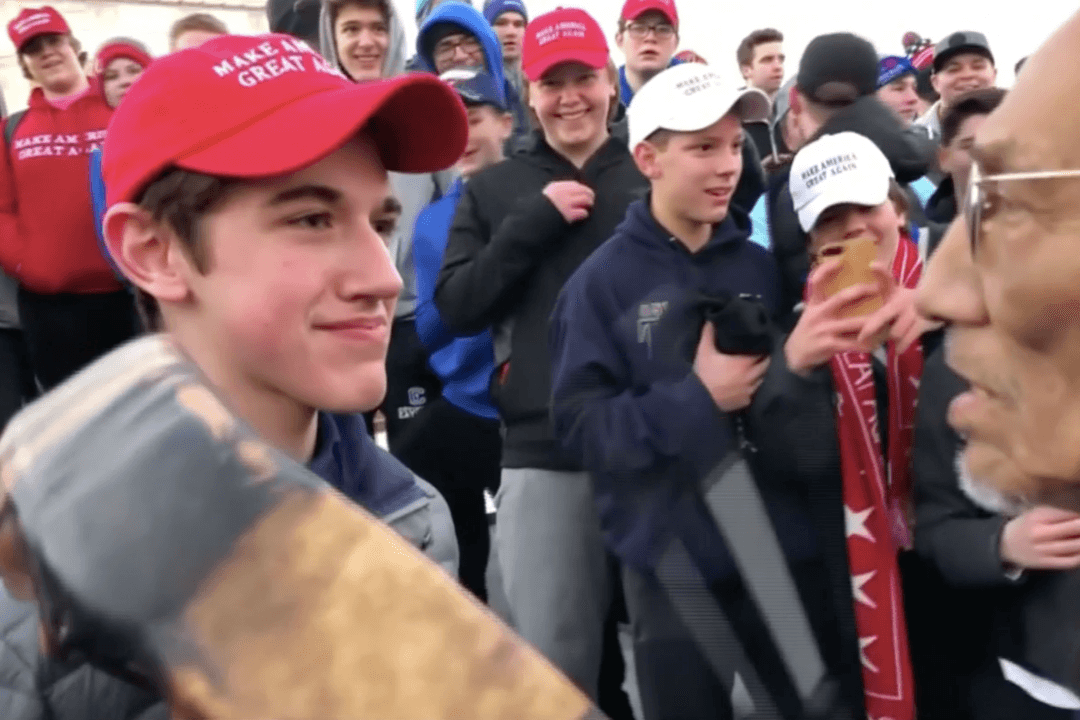A federal judge in Kentucky dismissed a lawsuit against The Washington Post brought by Nick Sandmann, one of the students of Covington Catholic High School who, in January, were confronted by a Native American activist, prompting a whirlwind of media coverage, much of which, Sandmann alleged, was defamatory.
On Feb. 19, Sandmann’s lawyers, Lin Wood and Todd McMurtry, filed a lawsuit against The Post seeking $250 million in damages. Several other lawsuits, including against CNN and NBC, followed.





